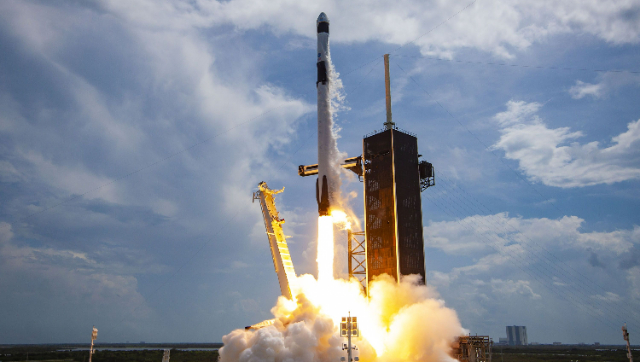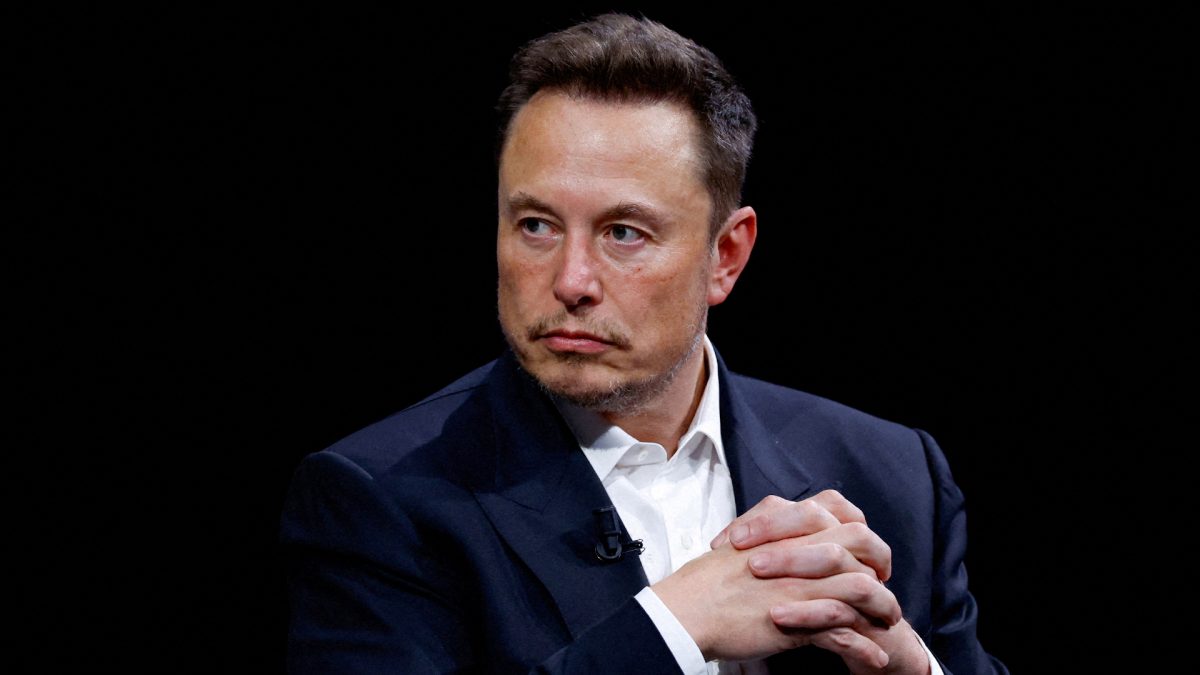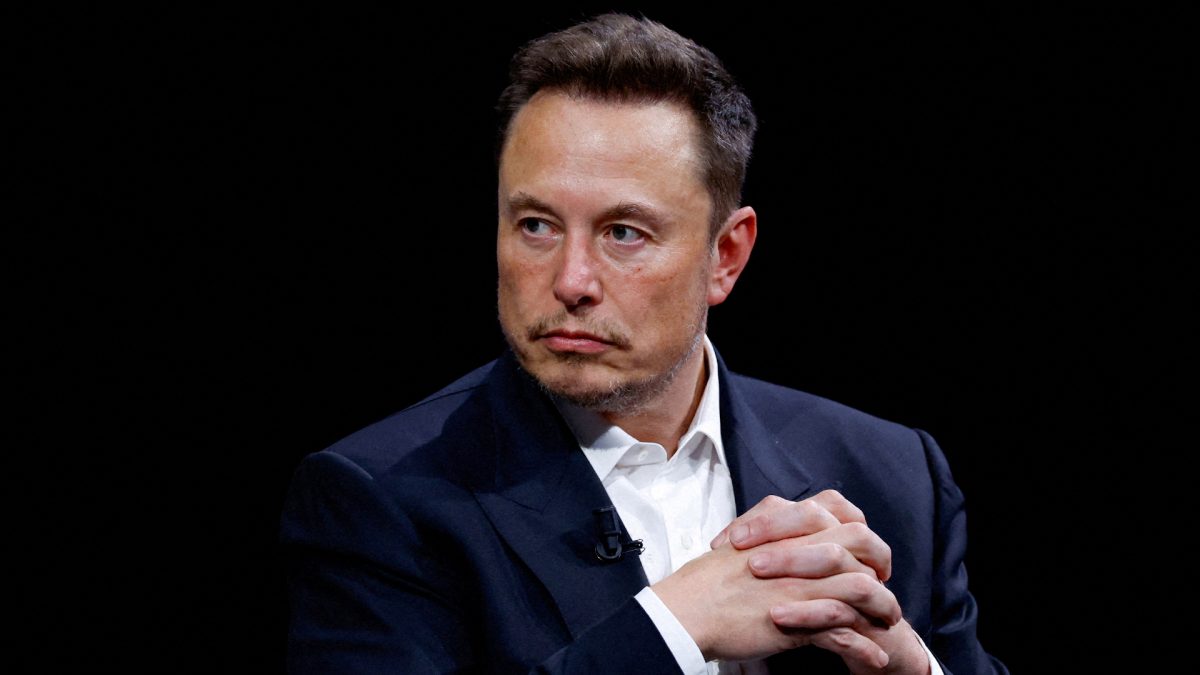A rocket launched by Elon Musk’s SpaceX caused a temporary hole in the ionosphere surrounding Earth, according to a report on SpaceWeather. The rocket in question was the Falcon 9, a reusable two-stage rocket designed for safe and reliable transportation of payloads and people into Earth’s orbit and beyond.
This launch took place on July 19 from the Vandenberg Space Force Base in California. SpaceX proudly claims that the Falcon 9 is the world’s first orbital-class reusable rocket, having successfully completed 240 launches and 198 landings.
Photos from the July 19 launch revealed a faint red glow, which caught the attention of space physicist Jeff Baumgardner from Boston University. After studying the launch footage, he explained that this red glow indicates the creation of a hole in the ionosphere.
“This is a well-studied phenomenon when rockets are burning their engines 200 to 300 km above Earth’s surface,” said Baumgardner.
“I reviewed footage from the July 19th launch. It shows the second stage engine burning at 286 km near the F-region peak for that time of day. So, it is quite possible that an ionospheric ‘hole’ was made,” he added.
Such occurrences are not entirely uncommon when rockets burn their engines at altitudes of 200 to 300 km above Earth’s surface, as explained by Baumgardner. In this case, the second stage engine of the Falcon 9 burned at around 286 km near the F-region peak during that time of the day, making it highly likely that an ionospheric “hole” was indeed formed.
The ionosphere, located at the edge of space, contains charged particles known as ions. It plays a crucial role in causing geomagnetic storms, which result in stunning auroras when solar plasma reacts with the ions in the ionosphere.
This is not the first time such an incident has been observed with the Falcon 9 rocket. On a previous launch from the Vanderberg Space Force Base on August 24, 2017, the rocket was carrying the FORMOSAT-5 payload and created shockwaves due to its vertical path, rupturing a hole in the ionosphere’s plasma. A similar event occurred during Falcon 9’s launch on June 19, 2022, as reported by Science Times.


)




)
)
)
)
)
)
)
)